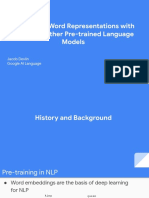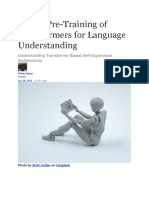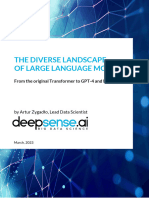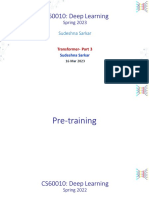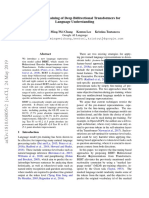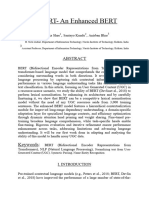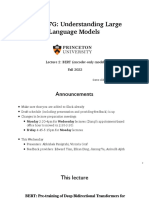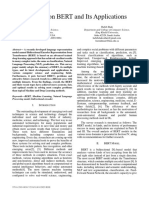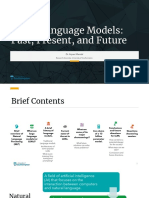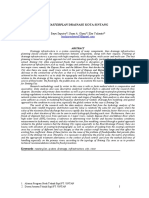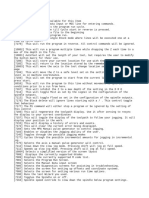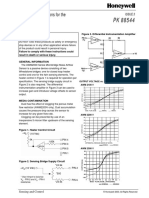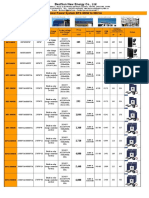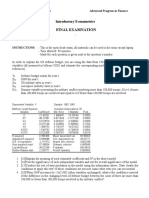0% found this document useful (0 votes)
14 views14 pagesUnit - 7 NLP
The document discusses various natural language processing (NLP) models, including BERT, GPT-2/3, XLNet, ELMO, ERNIE, ELECTRA, and T5, highlighting their architectures and key features. It also covers text summarization techniques, differentiating between extractive and abstractive methods, and outlines several algorithms for summarization, such as Luhn's Heuristic and LexRank. The document emphasizes the importance of pre-trained models in NLP tasks and the need for effective summarization in managing large volumes of information.
Uploaded by
shanthisarav75Copyright
© © All Rights Reserved
We take content rights seriously. If you suspect this is your content, claim it here.
Available Formats
Download as PDF, TXT or read online on Scribd
0% found this document useful (0 votes)
14 views14 pagesUnit - 7 NLP
The document discusses various natural language processing (NLP) models, including BERT, GPT-2/3, XLNet, ELMO, ERNIE, ELECTRA, and T5, highlighting their architectures and key features. It also covers text summarization techniques, differentiating between extractive and abstractive methods, and outlines several algorithms for summarization, such as Luhn's Heuristic and LexRank. The document emphasizes the importance of pre-trained models in NLP tasks and the need for effective summarization in managing large volumes of information.
Uploaded by
shanthisarav75Copyright
© © All Rights Reserved
We take content rights seriously. If you suspect this is your content, claim it here.
Available Formats
Download as PDF, TXT or read online on Scribd
/ 14


